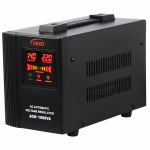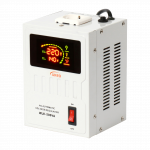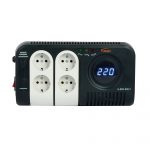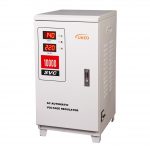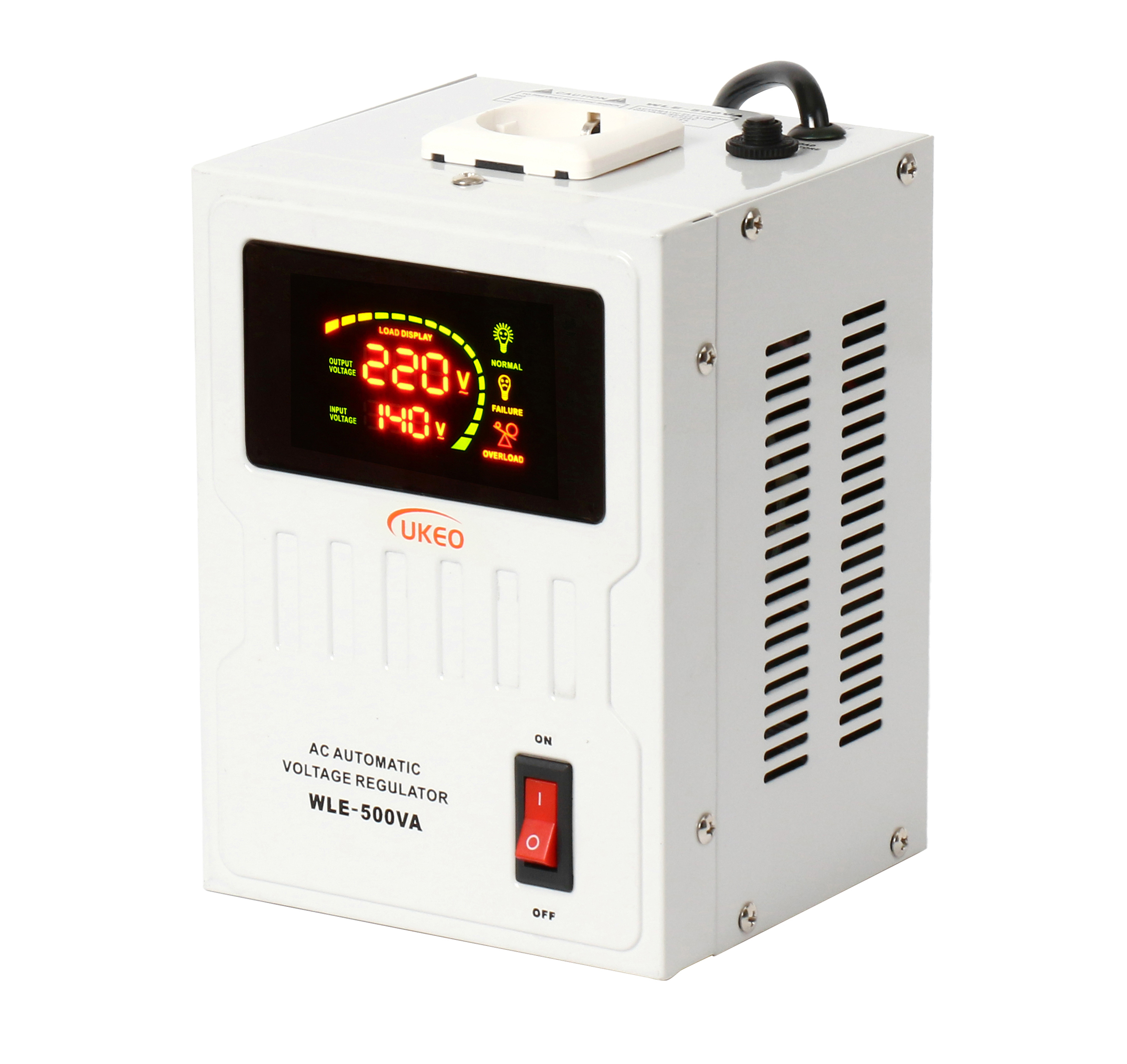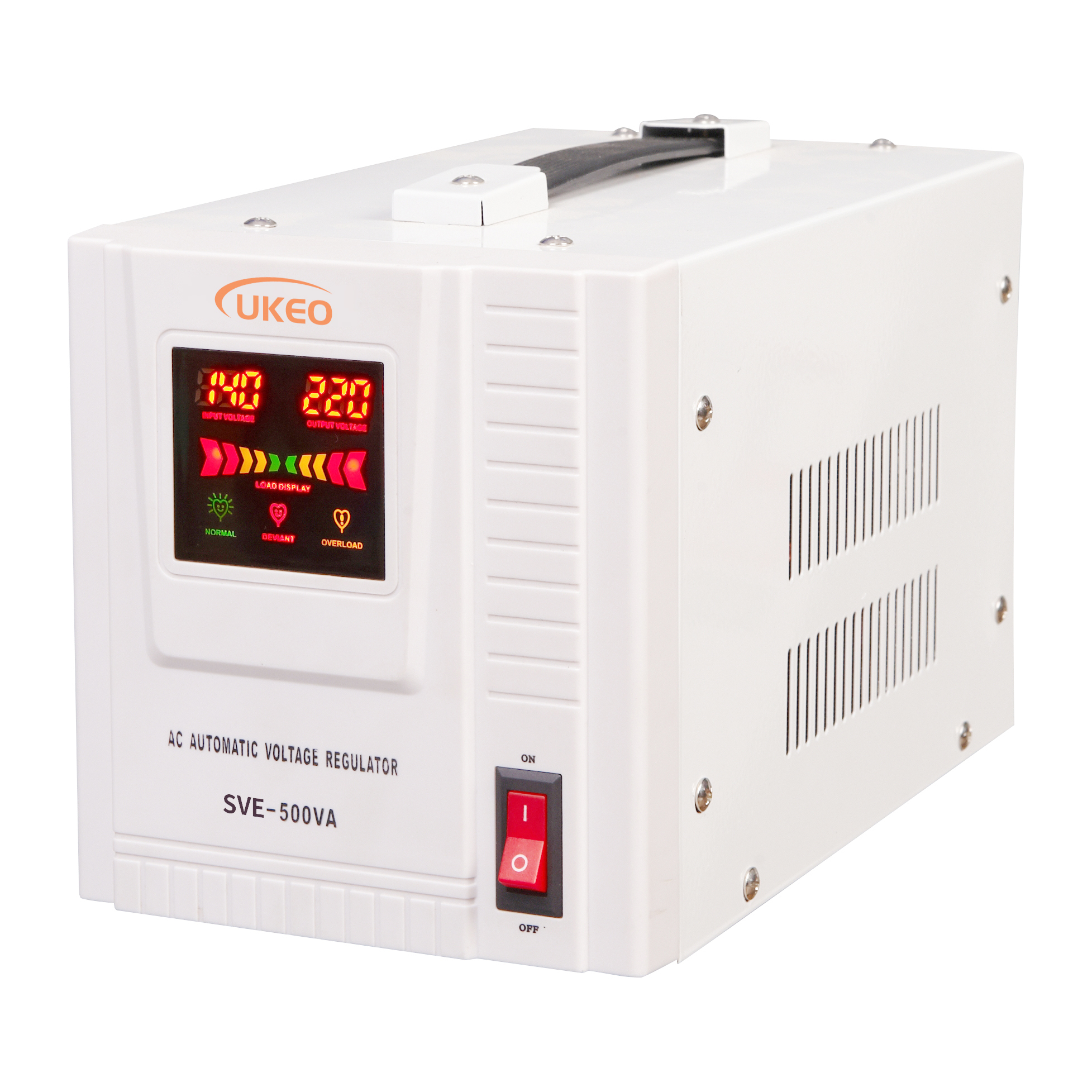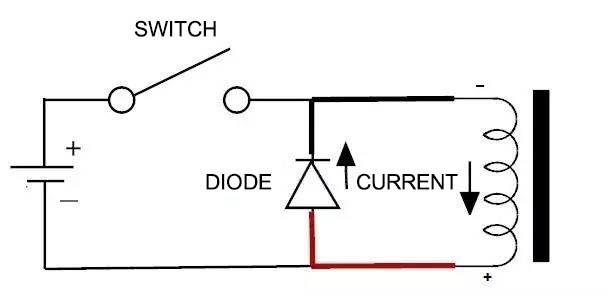Company Profile
First, our factory was established in 1988 and has rich industry experience. And it mainly develops, produces and sells voltage stabilizers (relay type voltage stabilizers, servo type voltage stabilizers, including single phase voltage stabilizers, three phase servo type 380v voltage stabilizers and compensation Power stabilizer), and specially developed for the mechanical equipment of printing, machine tool, medical, laser, textile, processing center and other industries.
Second, we produce power strips (socket types cover Europe, America, UK, and Asian markets), and we provide customization for customers.
Third, andthen we produce conversion socket (professional for the European market), and we also provide customized services.
To sum up, the products we provide are basically OEM&ODM.

